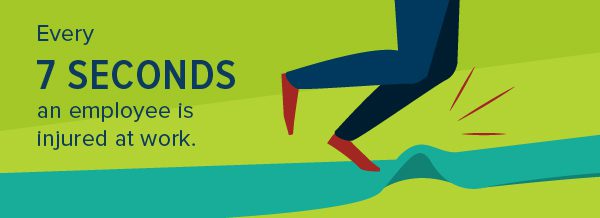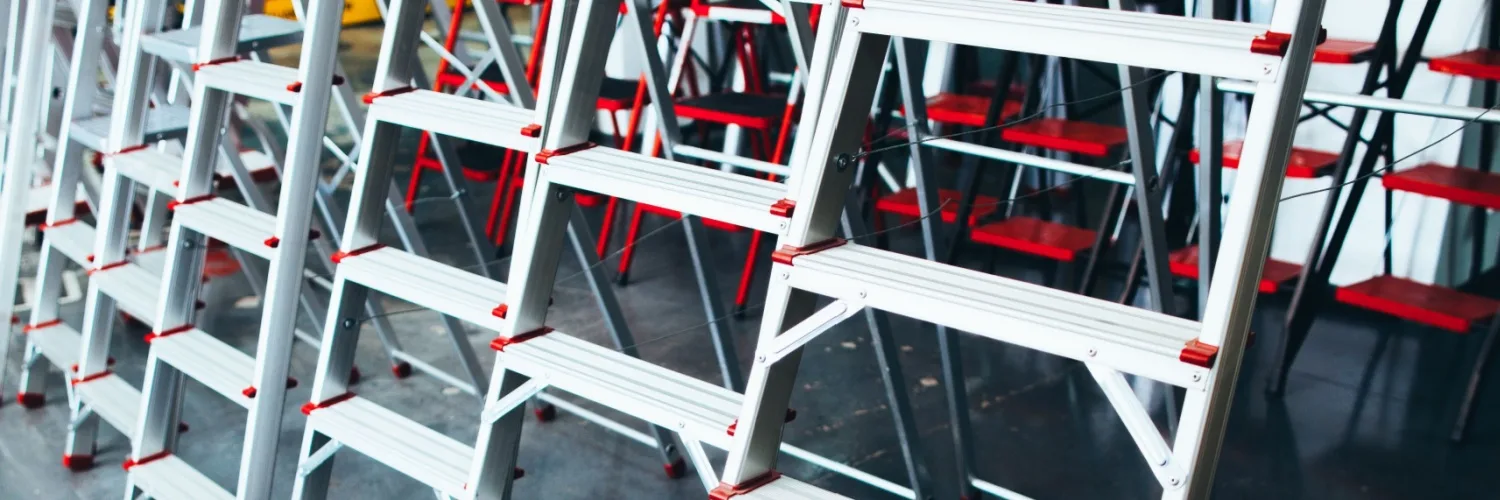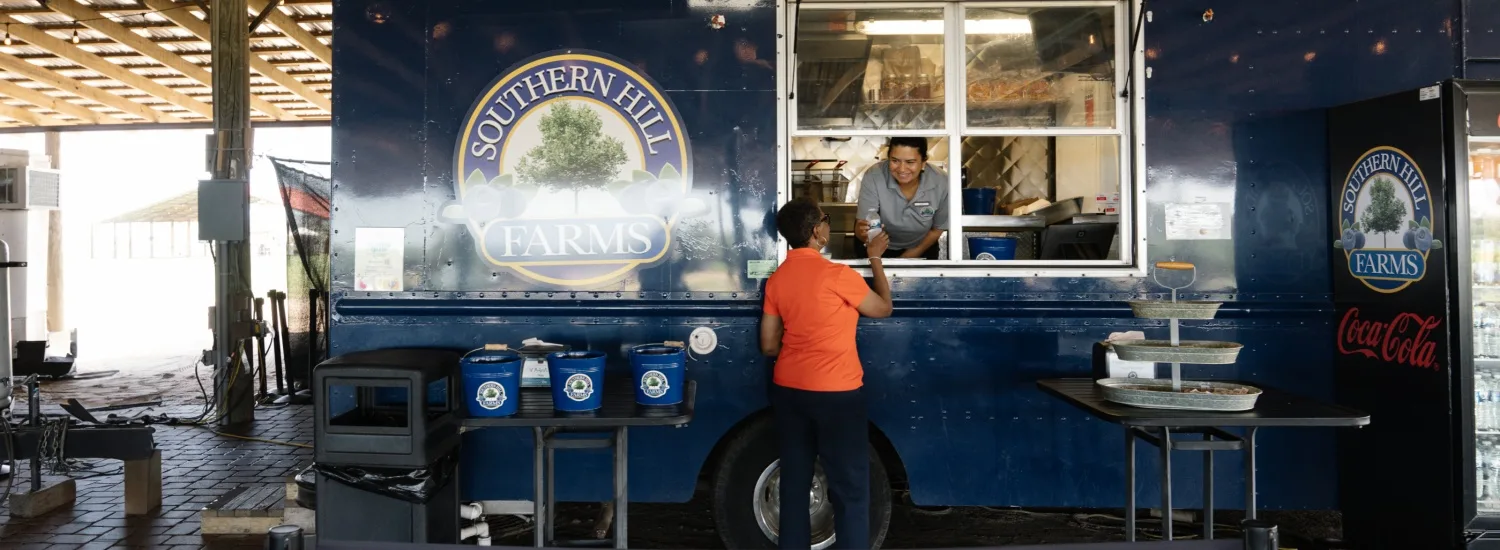Slip-and-fall accidents are an equal opportunity hazard. From floors of a fast-paced restaurant kitchen to the heights of a construction site, falls are common in virtually every industry – and the results are devastating. Consider:
- Every seven seconds, an employee is injured at work.
- Fall-related injuries cost $70 billion annually in the U.S. alone.
- Approximately 33,381 people die in the U.S. annually due to injuries caused by unintentional falls.
- Falls are a leading cause of death in the construction industry, accounting for more than a third of all fatalities in 2016.
- Of workers killed by falls, 54 percent did not have access to a personal fall arrest system, while 23 percent had access but didn’t use it.

These statistics drive home a simple truth: With proper training and the right equipment, many accidents are preventable. This is why, from May 7-11, the Occupational Safety and Health Administration (OSHA) is inviting employers to participate in the National Safety Stand-Down to Prevent Falls.
An Ounce of Prevention
With fall protection topping the list of most common workplace safety violations again in 2017, OSHA is encouraging employers to take a break from work to talk directly to employees about fall hazards and prevention methods, including how these methods fit into existing safety policies and goals.
Before you raise an eyebrow at suspending normal operations to talk with workers about prevention programs, consider that work-related injuries cost employers more than $43 million annually. The amount of money and productivity lost by taking a few minutes to talk openly about ways to avoid slip and fall accidents is just a drop in the bucket compared to how much could be saved in the long run.
To Sidestep Workplace Slip and Falls, follow OSHA’s three steps:
1. Plan – Decide ahead of time what a specific task entails; be mindful of the surroundings and any slip/fall hazards. Are the floors slippery? Setting up signage indicating wet floors warns workers to watch their step. Will tasks involve crewmembers being off the ground for extended periods? Make sure they know how to properly use ladders so they’re “in step” with the task at hand.
2. Provide – Whatever the job, make sure employees have access to the right equipment needed at all times. When OSHA cites businesses for safety violations, it’s often because employers failed to provide the personal protective equipment (PPE) workers need to lower their risk of injury.
3. Train – Teach employees how to use the equipment safely or perform tasks correctly and in a language that they understand. Never assume your workers know intuitively how to use a piece of equipment or how to spot fall hazards. Training should also reference specific hazards, like floor openings in construction or spillage leading to slip and fall accidents in factory or restaurant settings.
In spite of the best efforts and preparation, workplace accidents happen. If and when they do, FFVA Mutual’s staff and services are here to catch you when you fall. View our 5 ladder safety tips to prevent falls. We also offer on-site training courses on Slip, Trip and Fall Hazards and Walking Working Surfaces – contact your safety consultant for more information.






























